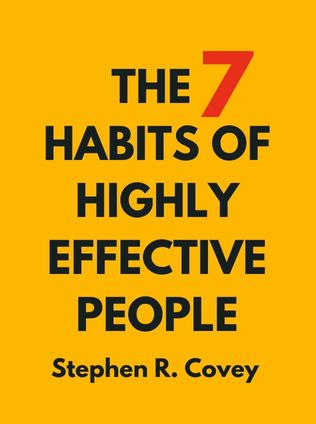
Shoe Dog
A Memoir by the Creator of Nike
By Phil Knight
Published 05/2018
About the Author
Phil Knight, one of the world’s most influential business executives, is the founder of Nike, Inc. He served as CEO of the company from 1964 to 2004, as board chairman through 2016, and he is currently Chairman Emeritus. Knight holds a master’s degree in business and has been a driving force in the athletic industry for decades. He resides in Oregon with his wife, Penny.
Main Idea
Shoe Dog is a memoir by Phil Knight that details the creation and rise of Nike, from its humble beginnings to becoming a global powerhouse. The book delves into Knight’s vision, challenges, and the unwavering determination that transformed a crazy idea into a revolutionary brand.
Table of Contents
- Introduction
- Wobbly Beginnings but a Steadfast Belief
- Demand Rich but Cash Poor
- The Swoosh, Name, and Waffle Sole are Born
- Liberation
- Revolutionizing the Industry
- Perseverance and Triumph
- Conclusion
Introduction
Phil Knight begins his memoir with the story of his “crazy idea” at the age of twenty-four. Unsure of his future, he was struck with the notion of importing Japanese running shoes to America. This idea consumed him, evolving into his life’s mission. Knight reflects on this pivotal moment, realizing that the essence of life and success lies in the pursuit of one’s passions and dreams.
Wobbly Beginnings but a Steadfast Belief
In 1962, Knight presented his idea to his father, seeking financial support to travel to Japan and pitch his concept to a shoe manufacturer. Surprisingly, his father agreed. Knight secured a meeting with Onitsuka Co. in Kobe, Japan, and convinced them to allow him to distribute their shoes in the United States. This marked the beginning of his journey.
“Let everyone else call your idea crazy...just keep going. Don’t stop. Don’t even think about stopping until you get there.” - Phil Knight
Upon returning to the U.S., Knight partnered with his former college track coach, Bill Bowerman, and began selling Onitsuka Tiger shoes. Initially, he faced rejection from sporting goods stores but found success by directly engaging with athletes and coaches at track meets.
- Driving to track meets across the Pacific Northwest to showcase his shoes.
- Receiving overwhelming positive responses from athletes and coaches.
Demand Rich but Cash Poor
As Blue Ribbon Sports, the precursor to Nike, grew, so did its expenses. Despite rapid sales growth, the company struggled with cash flow. Banks were hesitant to lend money, and Onitsuka threatened to drop Blue Ribbon for another distributor. Knight’s determination was tested, but he found ways to navigate these challenges.
“The company was on life support.” - Phil Knight
Knight sought help from a Japanese investment bank, Nissho, which suggested exploring other manufacturers. He found a factory in Mexico to produce soccer shoes, which helped keep the company afloat while he navigated legal and financial hurdles with Onitsuka.
- Securing a loan from First National Bank of Oregon with a guarantee from his father.
- Expanding sales despite financial constraints and finding alternative suppliers.
The Swoosh, Name, and Waffle Sole are Born
As Knight prepared to launch his new line of shoes, he needed a logo and a name. He commissioned a graphic design student, Carolyn Davidson, who created the iconic Swoosh logo. For the name, Knight and his team considered numerous options before settling on “Nike,” inspired by the Greek goddess of victory.
“It looks like a wing, one of us said. It looks like a swoosh of air, another said.” - Phil Knight
Meanwhile, Bowerman invented the revolutionary waffle sole, which transformed the design of running shoes and gave Nike a competitive edge.
- Developing the Swoosh logo for thirty-five dollars.
- Creating the waffle sole by experimenting with a waffle iron.
Liberation
In 1972, Nike officially severed ties with Onitsuka, marking a new chapter for the company. Knight motivated his team to embrace this independence and focus on building their brand. This period was filled with financial struggles and bold decisions, including signing endorsement deals with athletes to increase visibility and credibility.
“If we’re going to succeed or fail, we should do so on our own terms.” - Phil Knight
Knight’s vision and leadership were instrumental in navigating this transition and setting the stage for Nike’s future success.
Sign up for FREE and get access to 1,400+ books summaries.
You May Also Like
I Am Malala
The Story of the Girl Who Stood Up for Education and Was Shot by the Taliban
By Malala YousafzaiIf You Tell
A True Story of Murder, Family Secrets, and the Unbreakable Bond of Sisterhood
By Gregg Olsen



















